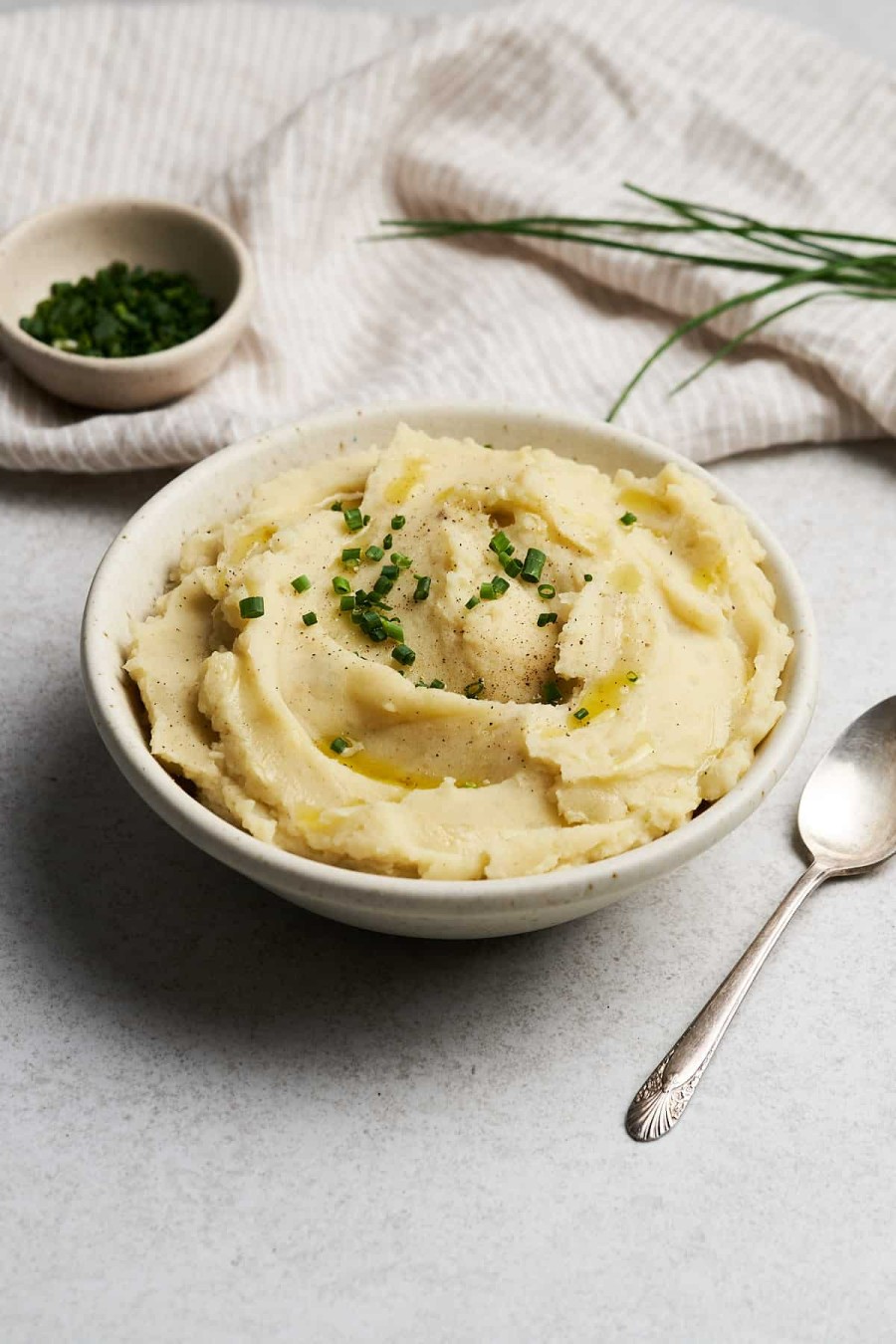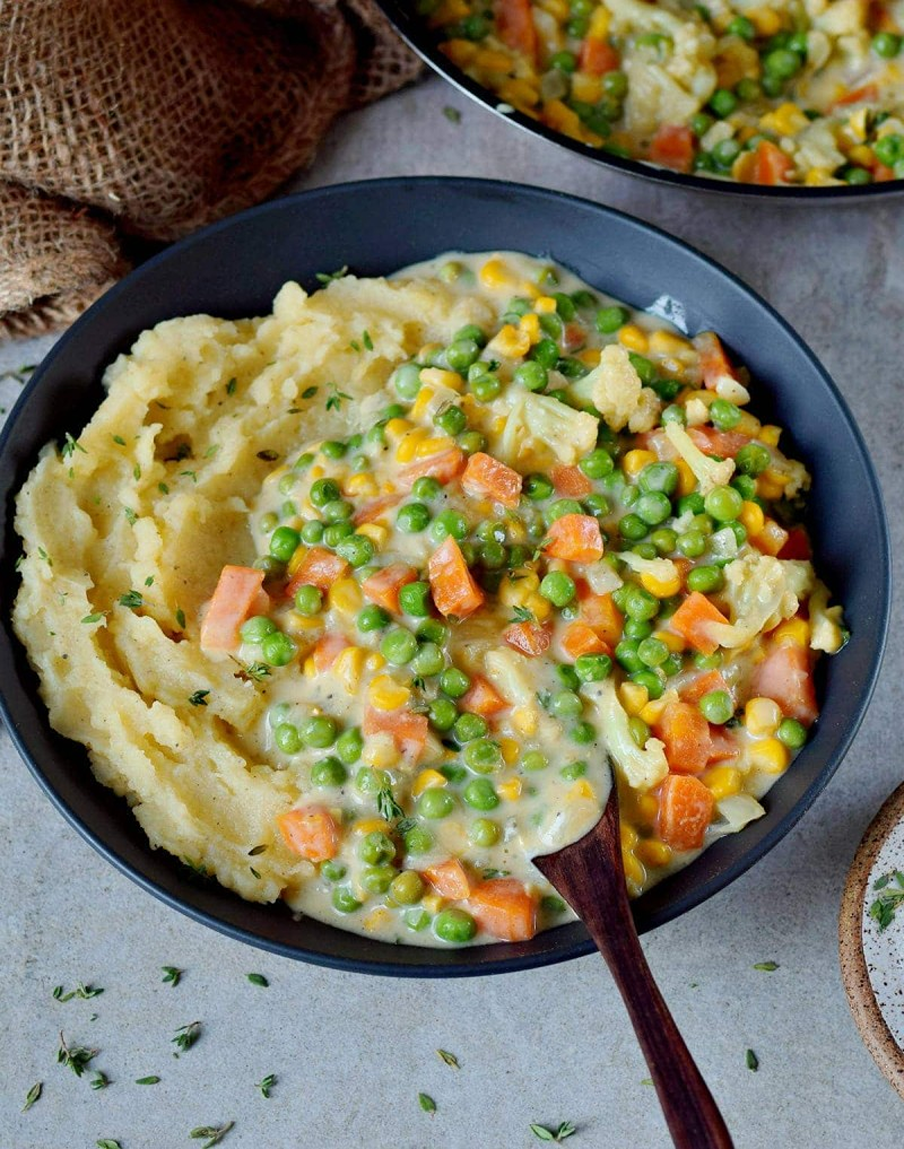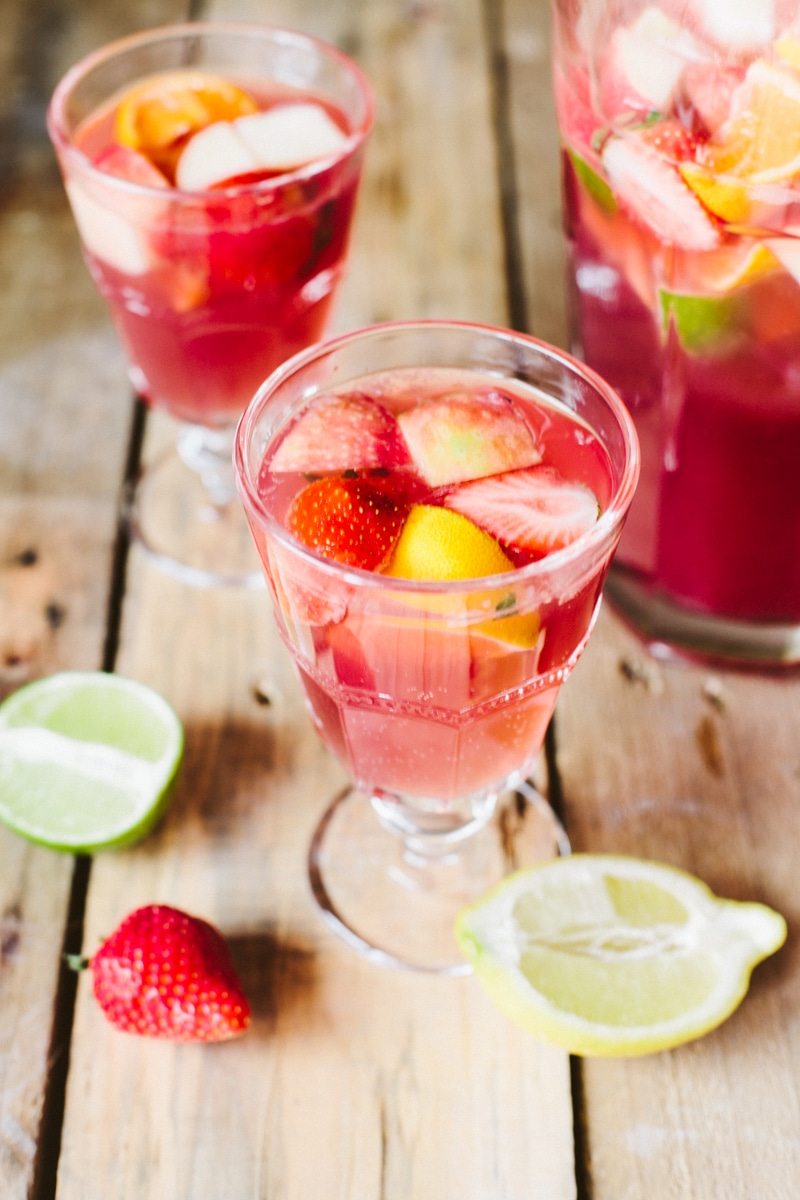Homemade Vegan Mashed Potato Recipes

There’s nothing that most people don’t love, more than a bowl of homemade mashed potatoes. And it’s perfectly possible to make a plant-based version with oat milk and vegan butter (with no palm oil).
Read up on food safety for people and pets (many ‘human foods’ including leeks, garlic, onion, chives and salt are unsafe near animal friends). Bin allium & citrus scraps, as acid can harm worms in compost bin).
If giving pets an occasional treat, just feed plain mash potato (no butter, salt, garlic, herbs etc). Also never give mashed potato to garden birds or wildlife as it contains salt (and fat could smear on feathers, affecting waterproofing & insulation).
Simple Vegan Mashed Potato Recipes

This 5-ingredient (vegan) mashed potato recipe (Broke Bank Vegan) is a simple recipe, to serve with a veggie roast. Potatoes are mixed with olive oil (or rapeseed) oil, plant milk, cheesy-tasting nutritional yeast and and salt/pepper.

It’s worth investing in a good potato masher, as the difference (just like vegetable peelers) will inspire you to cook homemade, and you’ll never go back.
Quality brands use fine grids to mash potatoes with no lumps, and have handles to absorb pressure (good for arthritic hands). Find them in good kitchen stores.
Good Grips Potato Masher is good for people with arthritis hands, and can also be used to mash other vegetables like swede. It costs around £10, but should last you a lifetime.
Creamy Mash (with peas & carrots)

This creamy mash with peas and carrots (Ela Vegan) is made with fresh carrots, peas, sweetcorn, cauliflower, garlic and onions. The creamy sauce is made with oat cream and spiced with pepper, chilli flakes and Dijon mustard.
What About Instant Mash Potato Mix?
Many students and others choose to buy instant mash potato mix. It’s not very healthy (a mix of dehydrated potato with salt and chemicals) but it does kind of taste okay, but it’s pretty easy to make homemade mash.
In the USA, people can buy Bob’s Red Mill Potato Flakes that also make instant mash, by mixing with boiling water. But this time, they are made with just one ingredient: potatoes.
The History of Mashed Potatoes
Long before potatoes appeared in European kitchens, they grew high up in the Andes mountains. Ancient civilisations in South America, like the Incas, relied on them to survive tough weather and poor soil. When Spanish explorers brought potatoes back to Europe in the late 1500s, most people were sceptical at first.
Some called them odd or even dangerous, but the humble spud proved itself useful for feeding large families during hard times. Soon, potatoes made their way across the globe, earning a spot in dishes everywhere. Their mild taste and fluffy texture meant cooks everywhere could use them in all sorts of ways, mashed included.
Mashed Potatoes in World Cuisines
Nearly every culture has put its own spin on mashed potatoes. While many picture a classic British mash, there’s a long list of mashed potato recipes found around the world. Here are a few:
- Ireland: Colcannon (mash with cabbage or kale), a classic comfort dish.
- France: Pommes purée, famous for extra-smooth texture
- Netherlands: Stamppot, mash mixed with root veg and sometimes greens.
- India: Aloo bharta, spiced mashed potatoes with ginger, chillies, and fresh coriander.
Why Potatoes Became a Staple
There’s a reason potatoes appear in kitchens all over the world. They’re:
- Easy to grow in many climates.
- Filling, cheap, and packed with energy.
- Able to feed large families or entire communities.
Potato Types: Which Work Best?
There are three main types of potatoes: floury, waxy, and all-purpose. Each has a different amount of starch and moisture inside, which changes how well they mash.
Floury potatoes are high in starch and low in moisture. These break down easily, giving you that classic, fluffy mash. Waxy potatoes hold their shape and offer a firmer, sometimes chunkier result. All-purpose potatoes balance both worlds.
Let’s compare the most popular choices:
- Yukon Gold are good for creamy buttery mash
- Maris Piper again go creamy when cooked
- Russet give extra fluffy spuds, good for high-volume recipes
- Red potatoes are heavier, chunky and slightly sweet
The first two are best for mash, due to high starch and natural creaminess, perfect when made with plant milk and olive oil. Russets are also good, but can turn gluey if over-mashed.
King Edward sits in between, giving you a silky feel and a subtle, pleasant taste. They’re good for those who want something a little special but easy to work with.
Potatoes to Avoid for Creamy Mash
Some potato types are better left for salads, roasting, or chips. Waxy potatoes, with their low starch content, will not break down enough, so your mash will end up sticky or even lumpy. Examples include:
- Charlotte
- New potatoes
- Jersey Royals
Picking Potatoes at the Shop
Picking fresh potatoes is just as important as choosing the right type. Look for:
- Smooth skins with few blemishes or sprouts.
- Firm feel when you pick them up. Soft, shrivelled, or wrinkled potatoes are past their best.
- No green patches. These mean the potato has been exposed to light and could taste bitter.
You’ll spot Maris Piper and King Edward in most supermarkets. Yukon Gold is more common in North America, but it can sometimes be found at specialty stores or greengrocers. If in doubt, Maris Piper is a solid all-rounder for British kitchens.
How Much Potato to Use Per Person
Portion size matters, whether you’re making a cosy dinner or planning for a big group. As a general guide:
- For a side dish, plan on 200-250g of raw potato per person.
- For big appetites or when mash is the focus of the meal, go up to 300g per person.
Tips for Fluffy and Rich Vegan Mash
Creamy vegan mash is easy if you stick to a few handy tricks:
- Warm your milk and butter: Mixing cold milk into hot potatoes cools the whole bowl and can make the potatoes gluey. Warm liquids blend in smoothly, soaking right in.
- Use a potato masher, not a blender: Over-mixing potatoes makes them sticky, never fluffy.
- Don’t drown the potatoes: Too much liquid will turn mash into soup. Start slow, and add more only if you need it.
- Rest your mash: Letting it sit for a minute or two lets everything settle and absorb, making each spoonful smoother.






